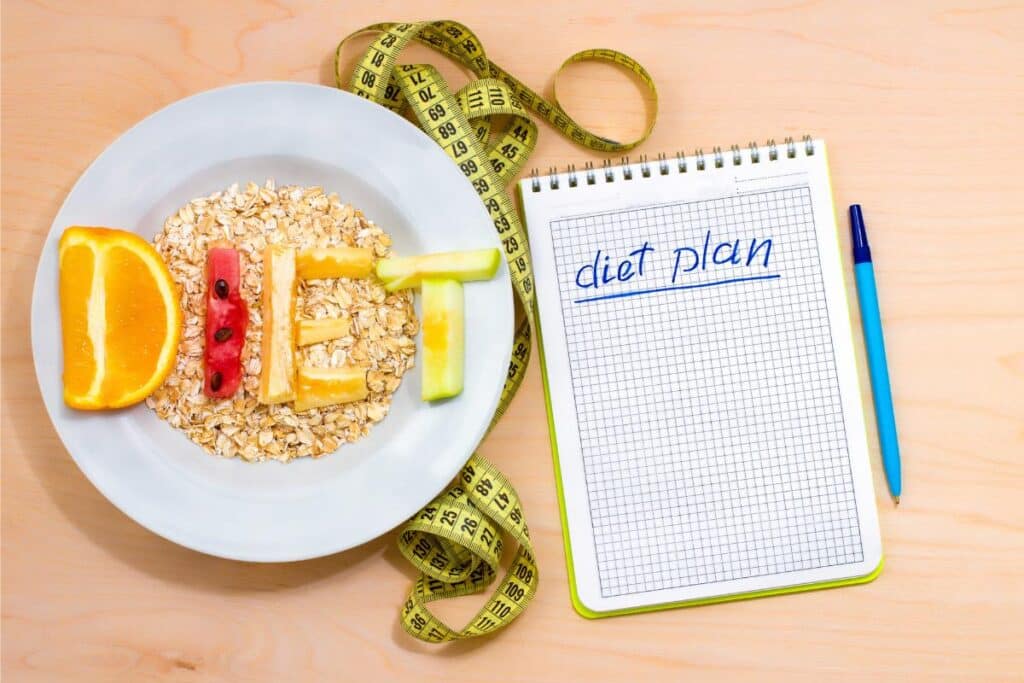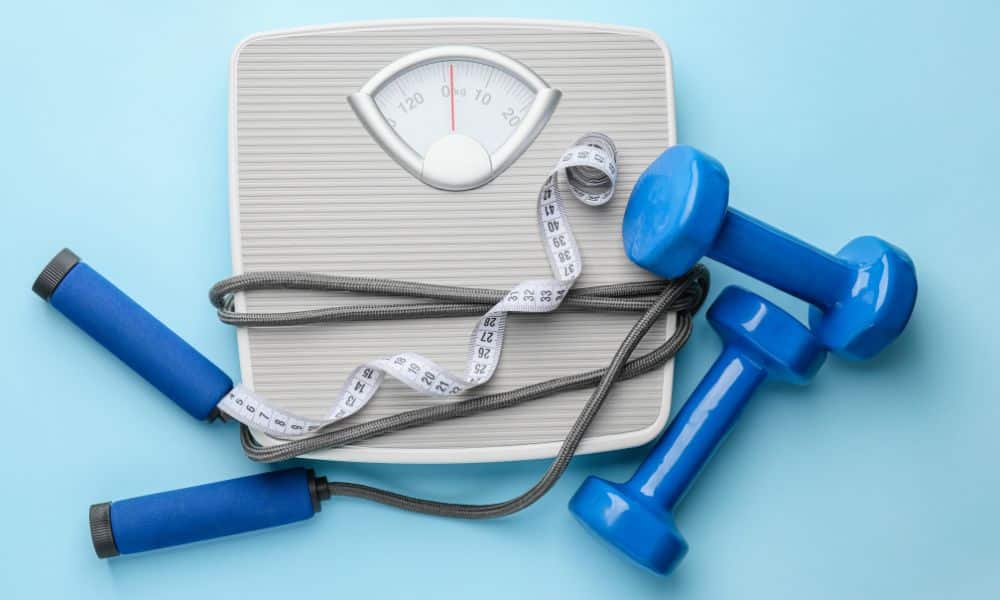Maintaining a long-term diet plan can be challenging, but it’s crucial for achieving sustainable weight loss and overall health improvement. In this article, we will explore how to create and stay on a long-term diet plan using cycles and setting S.M.A.R.T. (Specific, Measurable, Achievable, Relevant, Time-bound) goals. We will also delve into the importance of considering the satiety index, taste, fiber, protein, and moderate exercise in your dietary regimen. By the end of this article, you’ll be equipped with valuable insights to help you embark on a journey towards a healthier lifestyle.
Cycling Your Diet: 3 Months On, 1 Month Off
One effective strategy for a long-term diet plan is to incorporate cycles. A popular approach is to commit to a specific diet plan for three months and then take a one-month break. This break allows you to enjoy some of your favorite foods in moderation and alleviate any feelings of restriction that may accumulate over time. During the “off” month, you can maintain healthy eating habits while indulging sensibly, thus making it easier to stick to your diet plan in the long run.
Setting S.M.A.R.T. Goals
To ensure your long-term diet plan is effective and achievable, it’s essential to set S.M.A.R.T. goals. These goals are:
- Specific: Clearly define what you want to accomplish. For instance, “I want to lose 30 pounds in one year.”
- Measurable: Establish concrete criteria to track your progress. Using tools like a weight scale or a food diary can help.
- Achievable: Make sure your goals are realistic and within reach. Setting unattainable goals can lead to frustration and disappointment.
- Relevant: Ensure that your goals align with your overall health and wellness objectives.
- Time-bound: Set a specific timeframe for achieving your goals. For example, “I will achieve a 30 pound weight loss goal within one year.
Calorie, Fiber, and Protein Goals for Weight Loss
Creating a calorie deficit is fundamental for weight loss. It is commonly understood that burning 3,500 calories results in a pound of body fat loss. However, it’s important to note that not all calories are equal. Factors such as the satiety, taste, and nutrient content of foods play a significant role in controlling hunger and cravings.
Satiety: Choose foods with a high satiety index, as they help you feel fuller for longer. These foods include lean proteins, whole grains, fruits, and vegetables.
Taste: Healthy eating doesn’t have to be bland or boring. Experiment with herbs, spices, and healthy cooking techniques to make your meals more enjoyable.
Fiber: Incorporate fiber-rich foods like whole grains, legumes, and vegetables into your diet. Fiber not only aids digestion but also promotes a feeling of fullness.
Protein: Protein is essential for muscle preservation and appetite control. Include sources of lean protein like chicken, fish, tofu, and legumes in your meals.
The Inaccuracy of Calorie Counting
While calorie counting can be a useful tool, it’s important to recognize that it’s not always 100% accurate. Nutritional facts on food labels can be up to 20% off, and our bodies don’t function like machines. Factors like metabolism, digestion efficiency, and nutrient absorption can vary from person to person. Therefore, it’s best to use calorie counting as a guideline rather than an absolute measure.
Exercise and Healthy Foods for Improved Metabolic Functions
Incorporating moderate exercise into your routine is essential for a healthy metabolism. Aim for a combination of cardiovascular exercises and strength training to improve metabolic functions. Additionally, focus on nutrient-dense foods that support your body’s energy needs and overall well-being. Stay hydrated and prioritize foods rich in vitamins, minerals, and antioxidants.
Consistency and Compliance
Finally, the key to a successful long-term diet plan is consistency and compliance. Understand that slip-ups are normal, but it’s essential to get back on track without guilt or self-criticism. Surround yourself with a support system of friends and family who encourage your journey towards a healthier lifestyle.
Conclusion
Creating and maintaining a long-term diet plan requires careful planning, setting S.M.A.R.T. goals, considering the satiety index, taste, fiber, and protein, as well as incorporating moderate exercise.
Remember that calorie counting is a helpful guideline but not always perfectly accurate. Focus on improving metabolic functions through exercise and nutrient-dense foods.
Ultimately, consistency and compliance are the cornerstones of a successful long-term diet plan. With dedication and the right approach, you can achieve your health and weight loss goals while enjoying a sustainable and satisfying lifestyle. If you are on a weight loss journey, share this article on Facebook or Twitter to help others learn more about losing weight.




